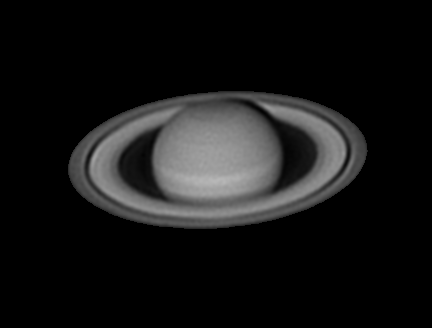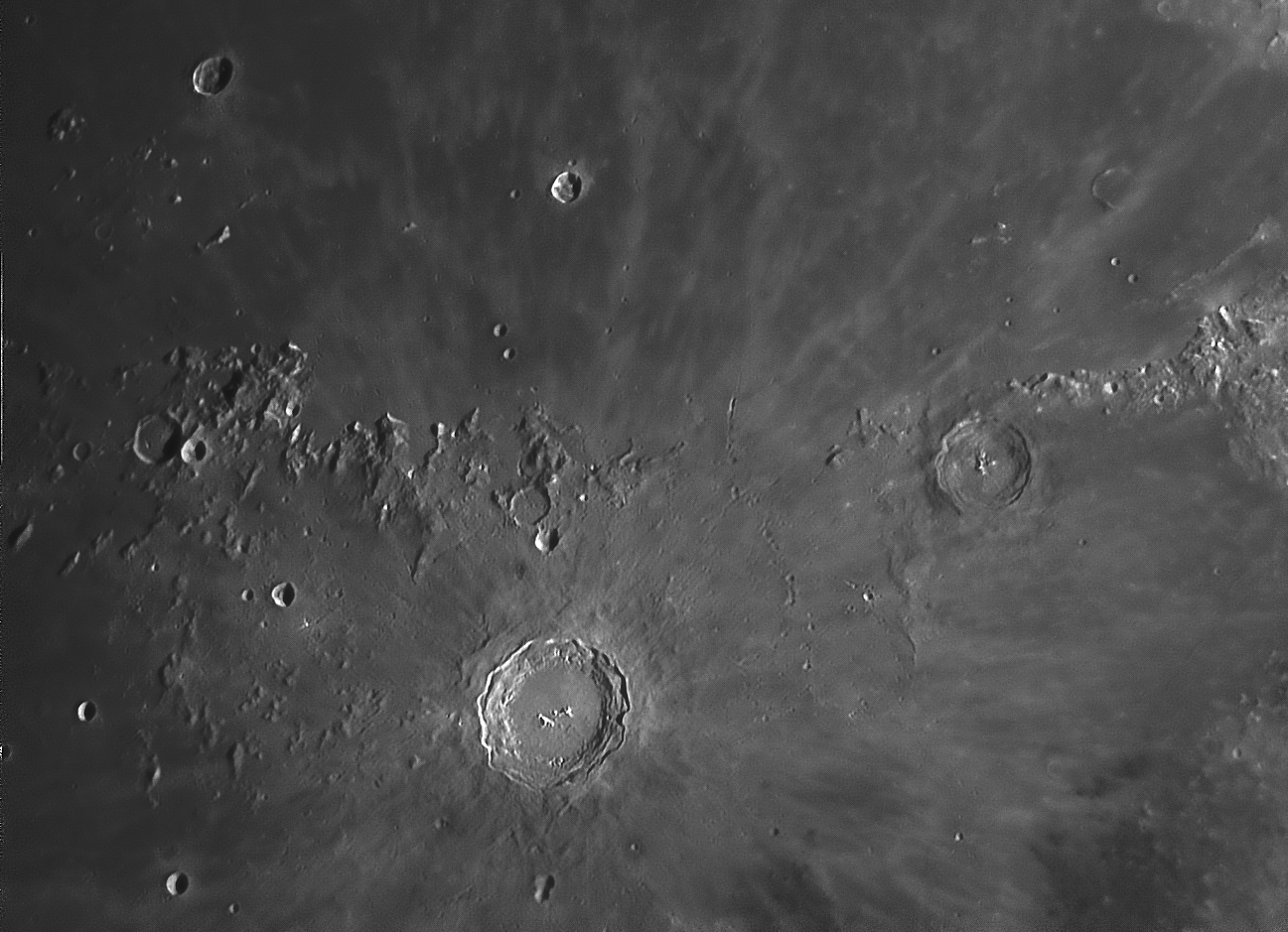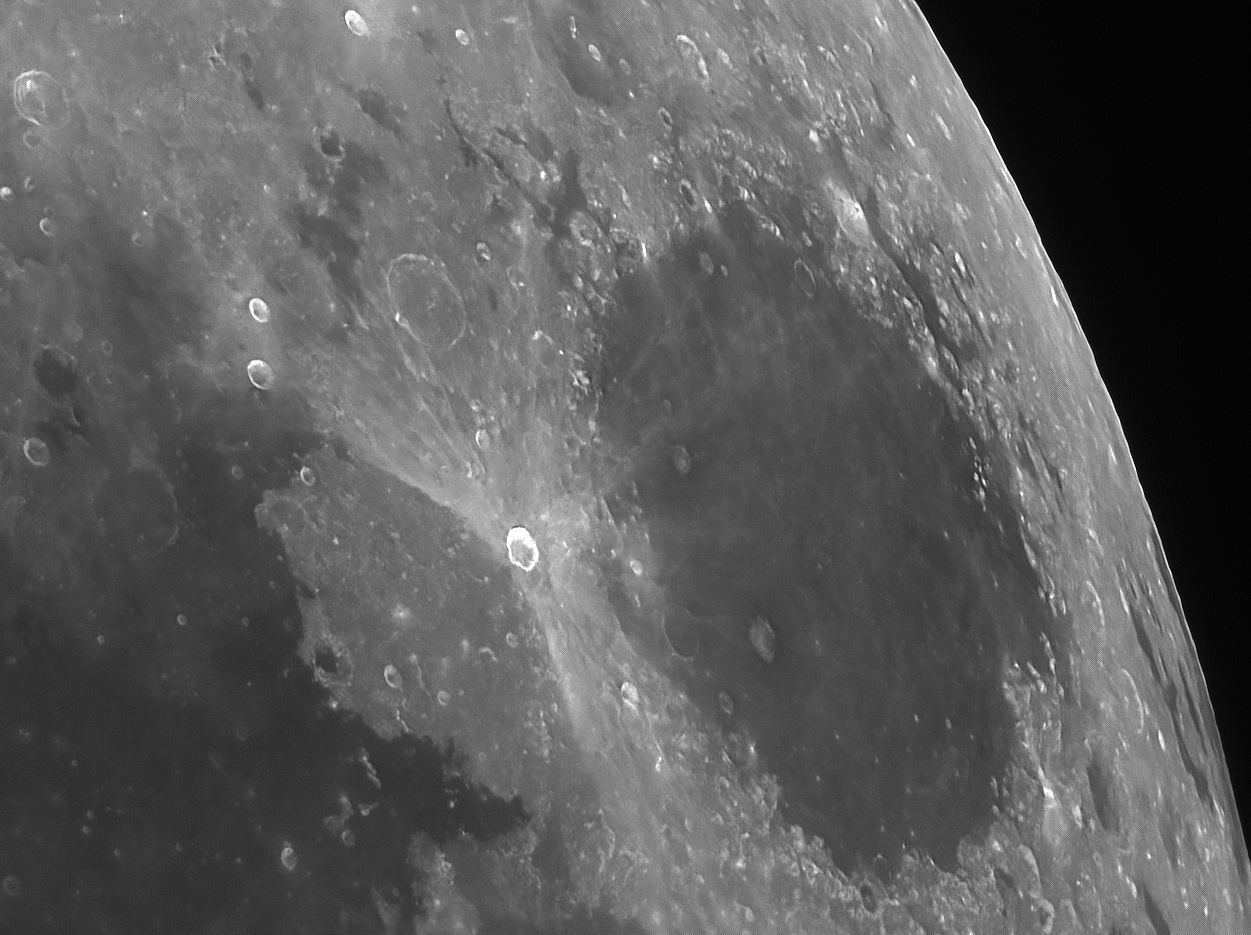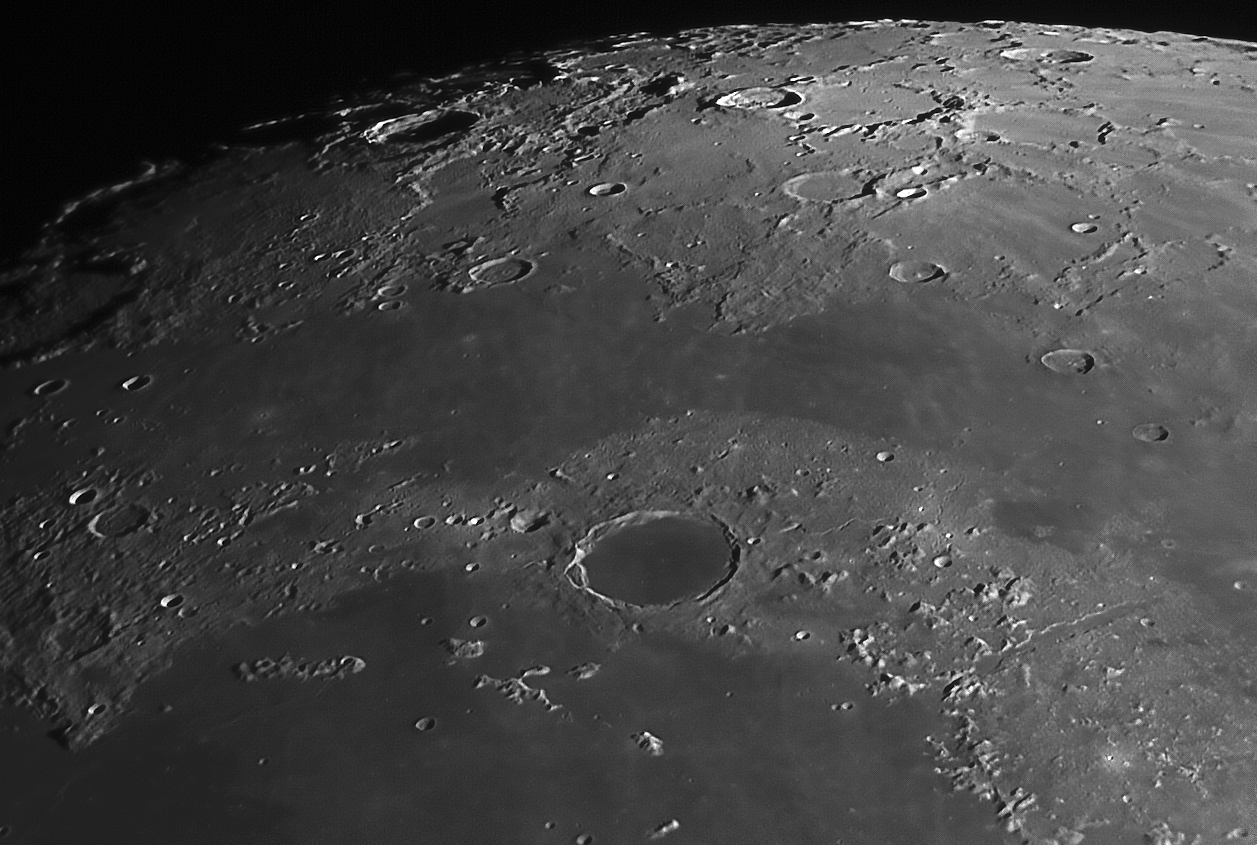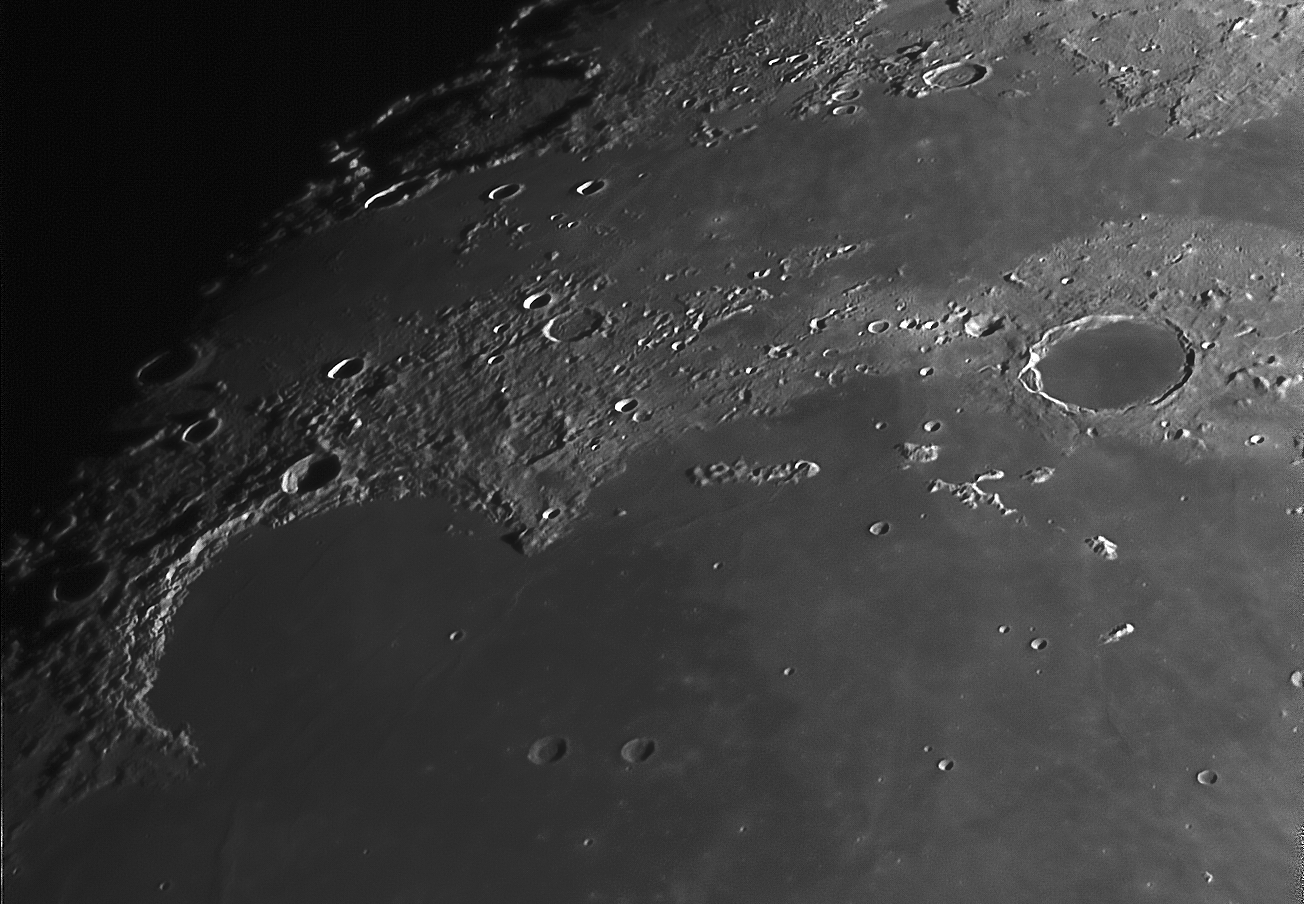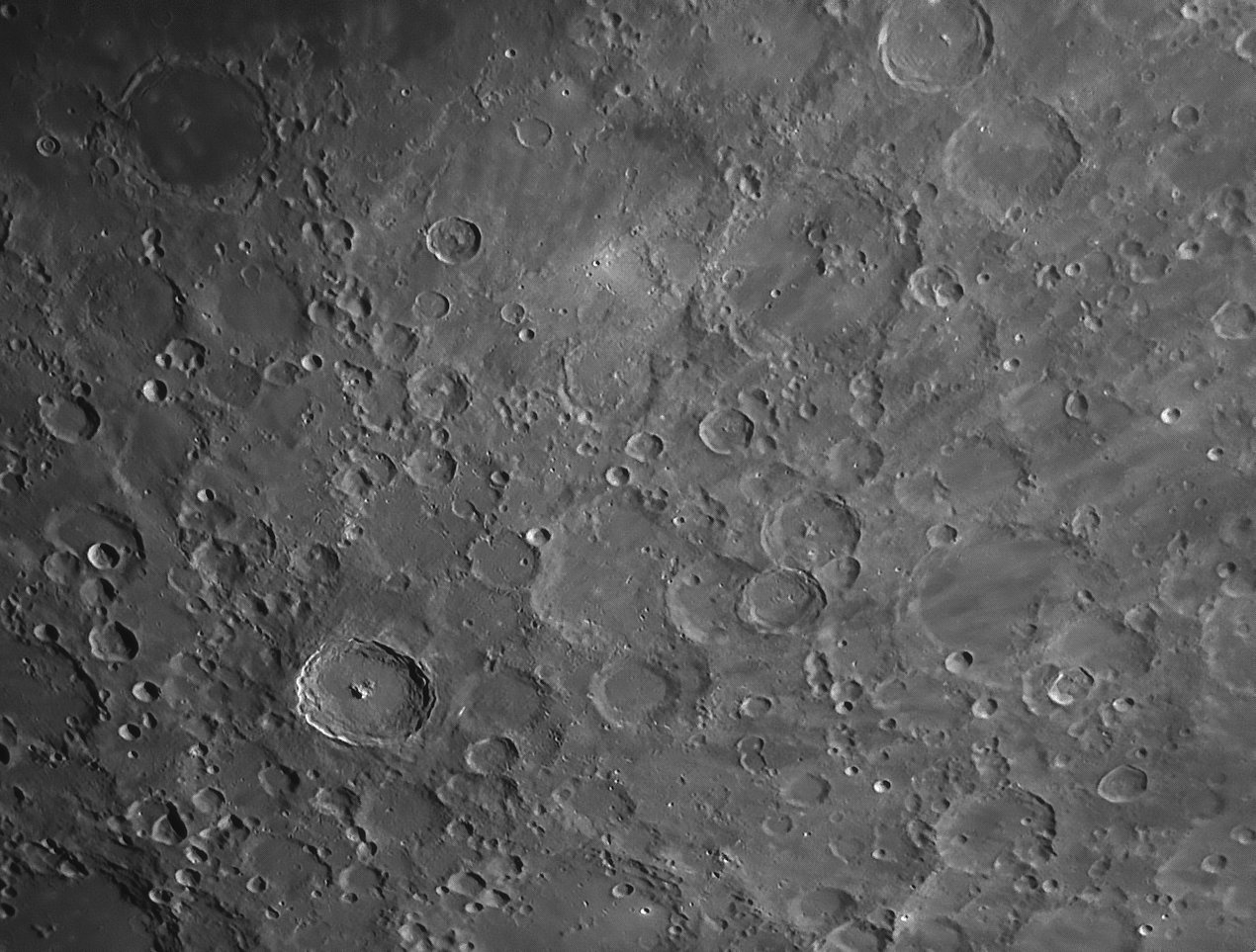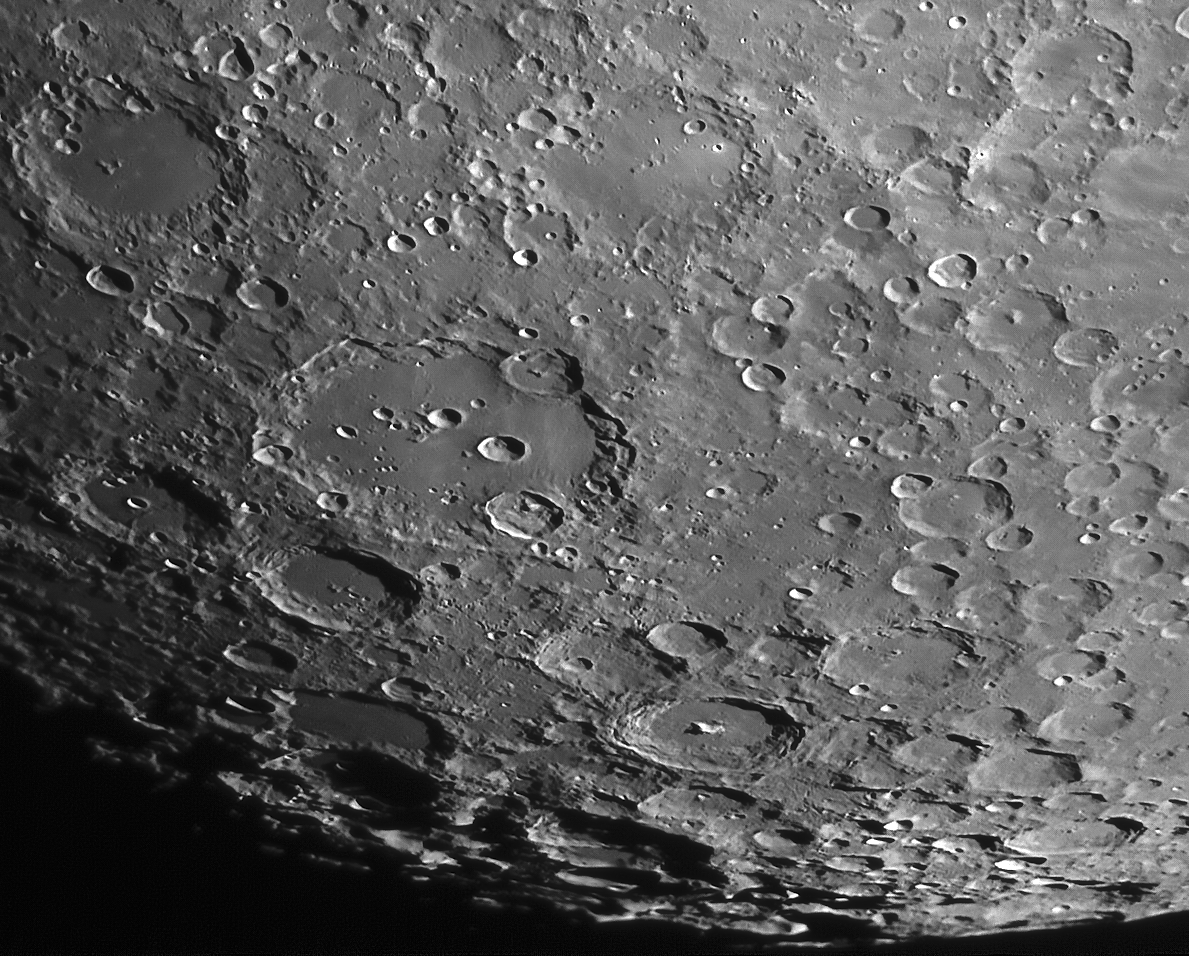I went up to the RRO Friday evening, arriving just at sunset. Now that it is September, that is about 7:35 rather than 8:28. My goal was to shoot Saturn before it starts getting too low. By the time I set the 9.25″ SCT (aka Night Ranger) it was dark enough to start looking at Saturn if nothing else. Saturn is just past the meridian at sunset now so it won’t be long before it will be too low to try to image.
I started with the color 120MC that I have ignored lately and took a couple series of images at prime focus (f/10 2345mm) before switching to the monochrome 120MM with a red filter. Both cameras are 2.4 megapixels but since the color divides that into red, blue, and green the monochrome is higher resolution. Also, the red filter can help reduce atmospheric shimmers. After a few series at f/10 I decided to get out of my comfort zone and add a 2x barlow and shoot at f/20. This of course meant 4x the exposure and increased chance of shimmers in the image. Nevertheless I think it turned out okay.
The first image is the color at f/10, you can tell cause it is in color. The other shows a fair amount of detail if I say so myself. Some of the concentric rings in the rings might be processing artifacts but I don’t think the belts in the atmosphere or the polar hexagon are. Those are legitimate.
When I got done with Saturn, the Moon was too bright to work on some Astronomical League observing programs so I decided to shoot the Moon too. I went back to f/10 but kept the red filter. I just wandered across the surface looking for interesting features.
Copernicus and Eratosthenes region
Mare Crisium Region
Mare Frigoris region with Plato
Plato and Sinus Iridum region
Tycho region
Clavius Region
Gassendi region


